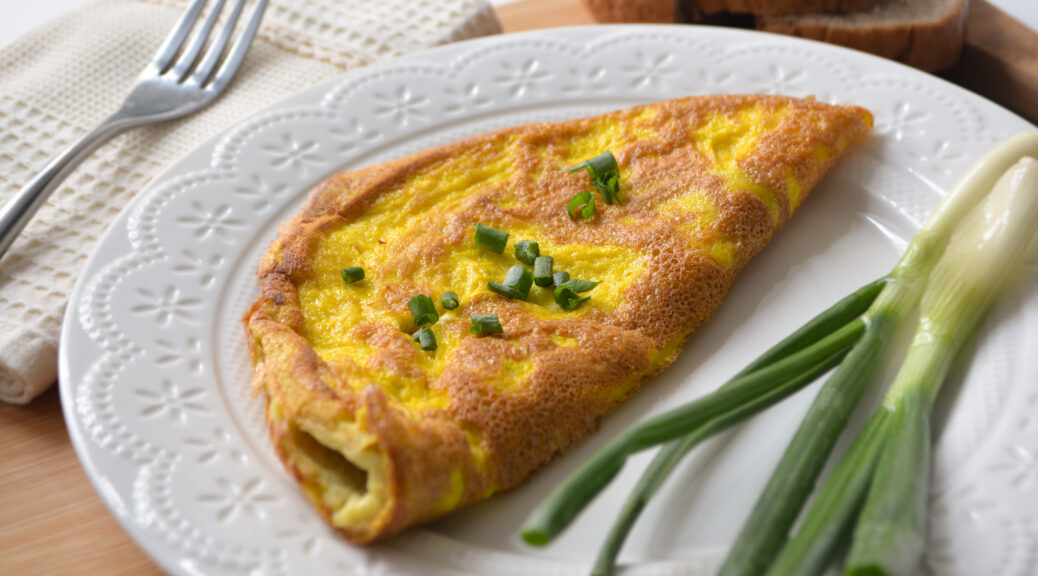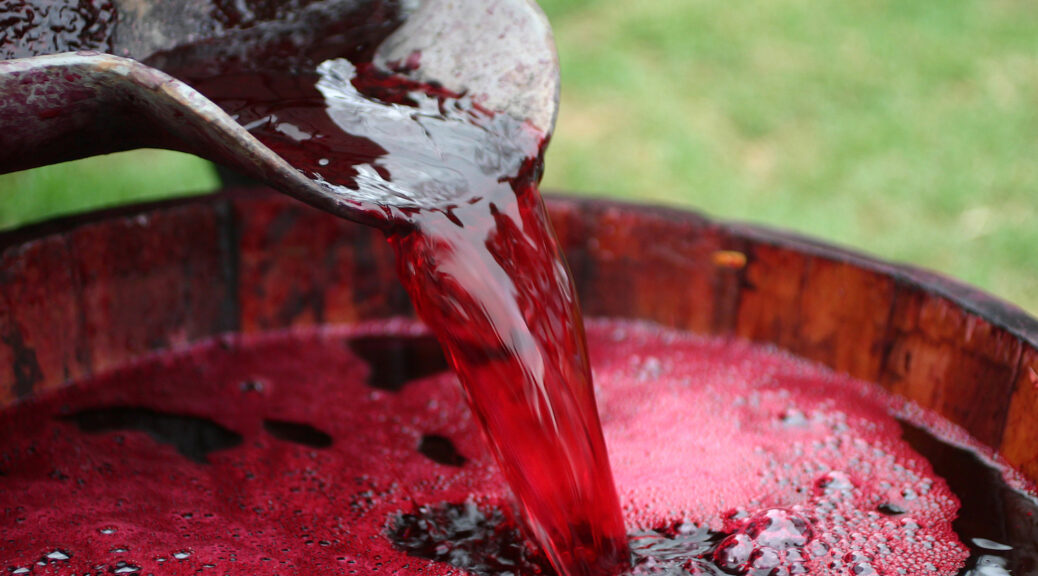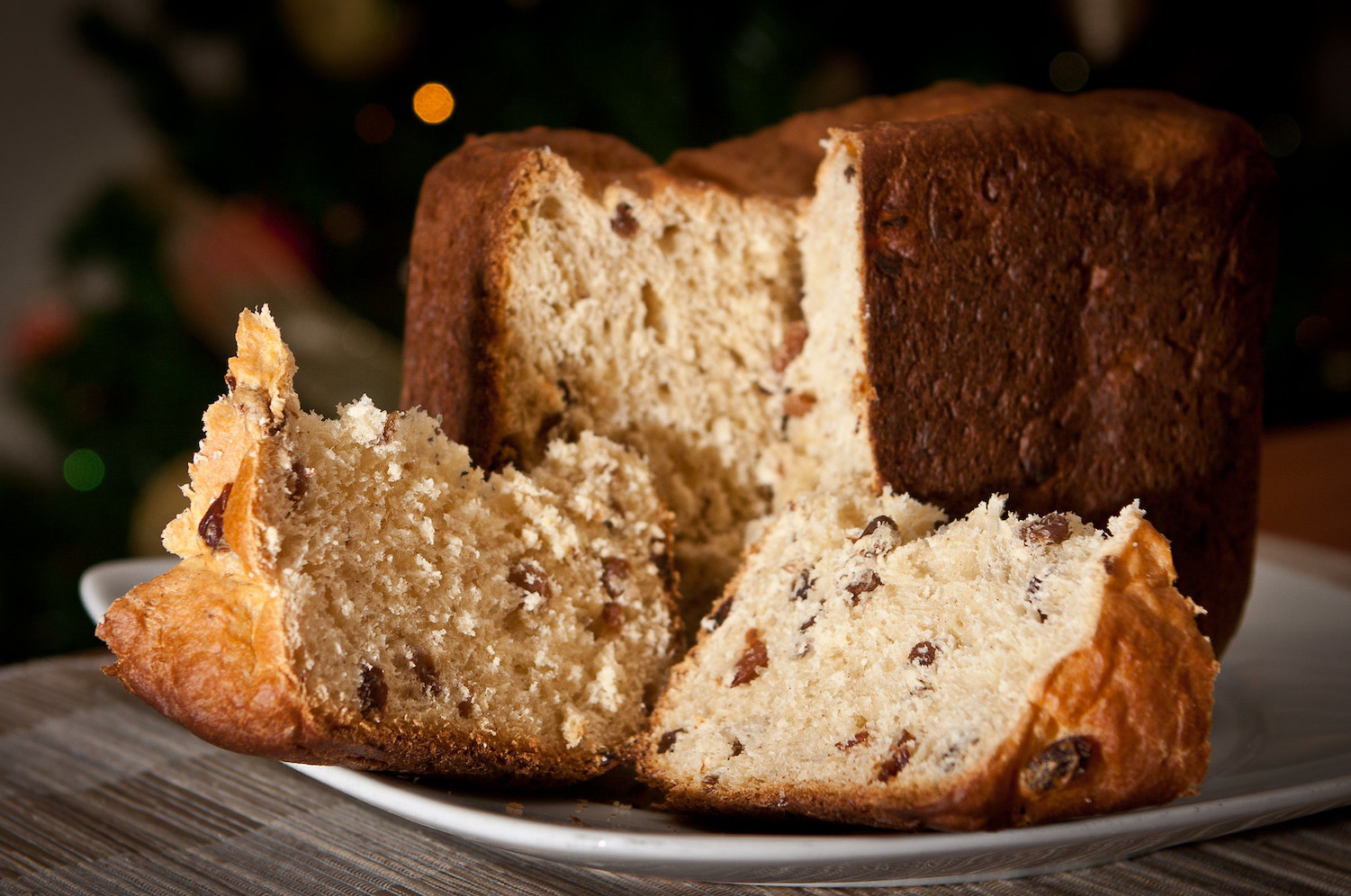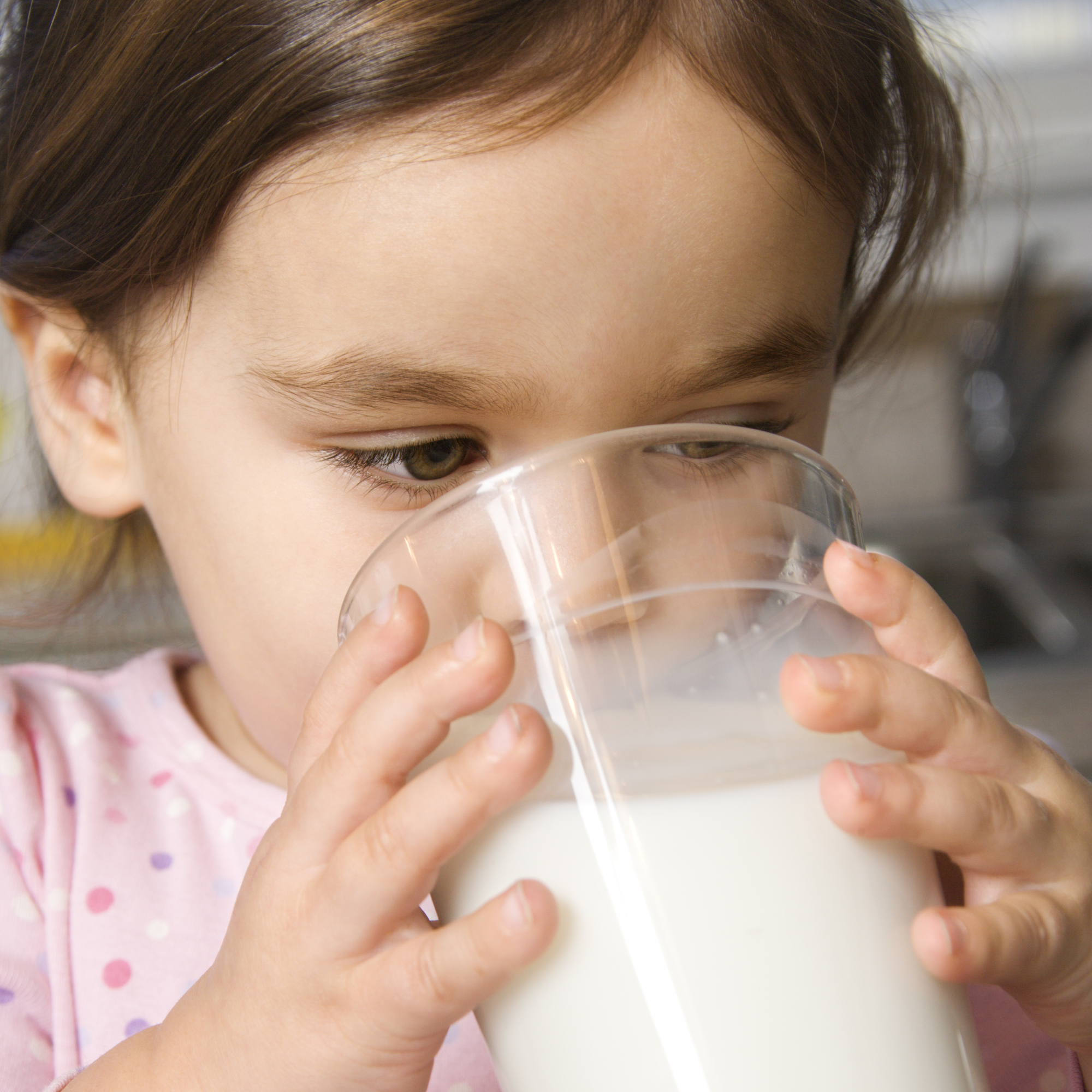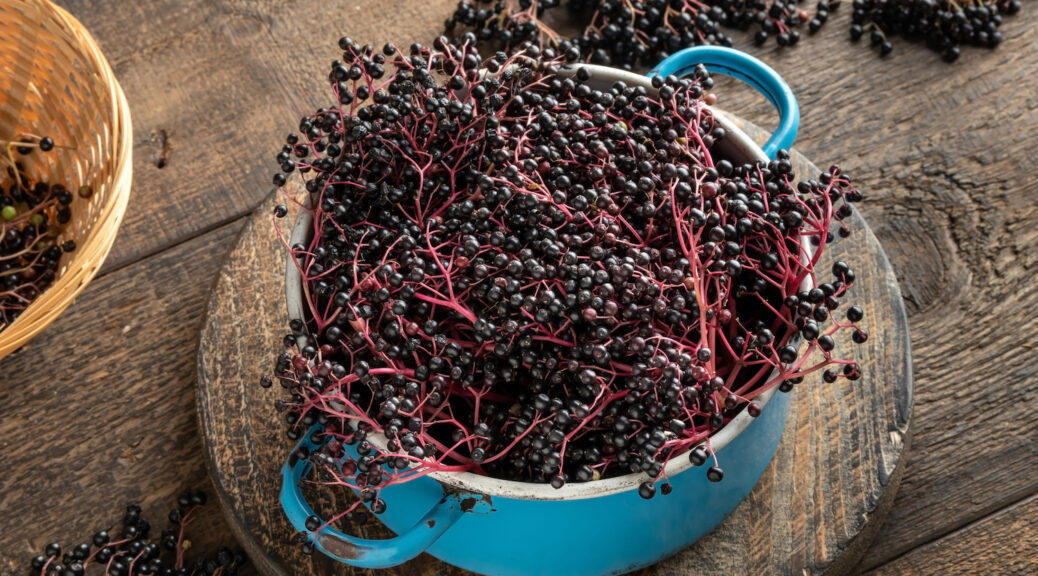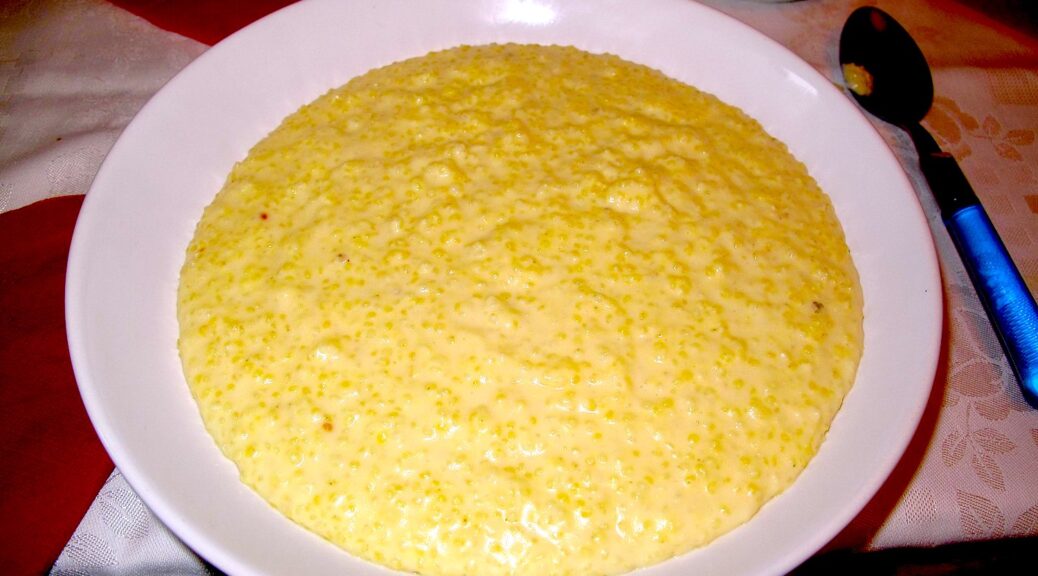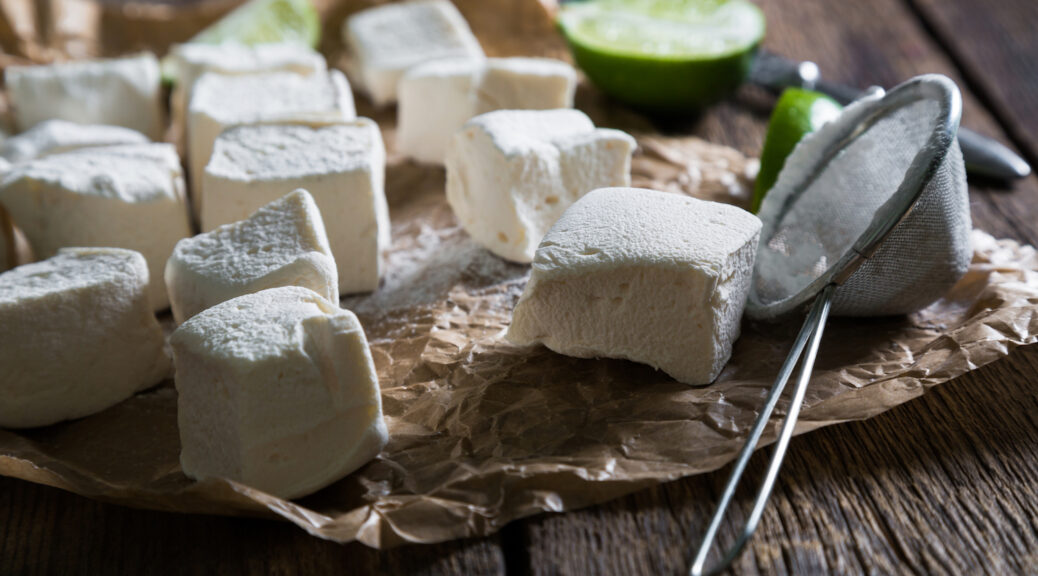Making the Perfect Egg Omelet
Making an omelet can be difficult at first; often cooking it too hard or not being able to fold it over properly. But once you get the hang of it, it’s such an easy meal to prepare. You can increase the nutritive value by adding cheese, mushrooms, chives, meat, vegetables, etc. INFORMATION BELOW FROM 1800s COOKBOOKS OMELETS The omelet is by far the most attractive way of serving eggs. It is better to make several small omelets of three…
